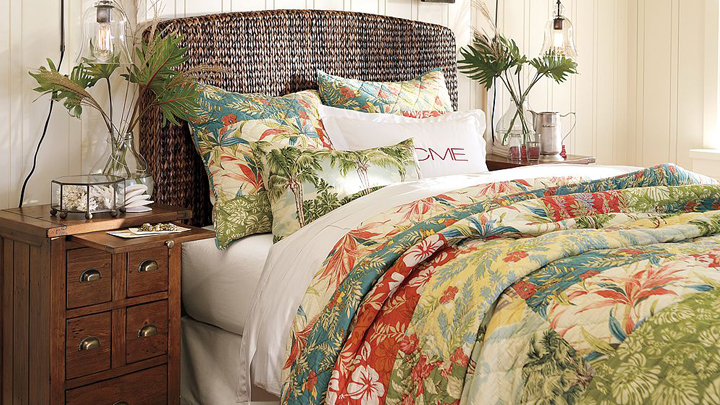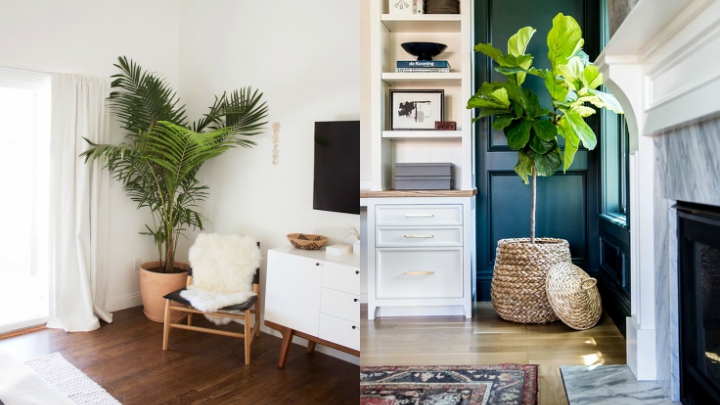If we can not enjoy a house in the heart of nature, in some tropical and exotic country, then we bring the beauty of these destinations to our home. How? With the help of decoration: through materials, design, colors and many other decorative whims.
In we present the keys to recreate the tropical colonial look. Have you ever dreamed of living in the Caribbean? Well, we help you to make your dreams come true. Take note!
Noble and tropical wood
If there is something that should not be missing in a colonial style decoration is wood. Of course, the noble, tropical and native wood of the colonized countries. This type of woods usually resist moisture quite well, since they contain natural oils that make them resistant and durable.

The wood of paulonia, the teak, the bamboo and a long etcetera. The veins of this type of wood add elegance and add warmth to the colonial interiors. But, in addition, they connect us to nature. And it is that the wood brings to the interior of our home the natural beauty that surrounds these tropical countries. And this is, after all, the goal of this decoration.
So it is committed to wood, not only in furniture and accessories, but also in other surfaces such as floor and wall coverings. And finally, opt for wood for any corner of your home, even in the bathroom.
Organic design and rough wood
Another key to recreating the colonial colonial aesthetic is organic design. If you notice, in these types of environments tend to triumph organic forms that are inspired by the imperfect designs of nature.
To the organic designs we must also add the raw wood. That is, pieces in natural wood, without oils or treatments of any kind, where the wood grain is the main attraction of this furniture.

Vegetal fibers
And speaking of natural tendencies, vegetable fibers are another of the great keys of colonial aesthetics. Bamboo, rattan, sisal, coconut, jute and many other vegetable fibers are a classic of this decoration.
These fibers are fresh, light and breathable, since, being hollow, they allow air and light to circulate better. In addition, these fibers are an icon of colonial decoration. So neither should be missing in a home, inspired by tropical destinations.
Continue Reading: Ideas for decorating the living room with indoor plants

Exuberant plants
There is no doubt that nature is very present in the colonial houses of countries such as Asia. Therefore, the green of the plants should not be missing in your home. Enter this color through natural and exotic plants.
How? With small floral arrangements distributed in different parts of the room or through lush large plants that are perfect for decorating corners and difficult corners.
The plants conquer this decoration and stain the space green. So they find their place throughout the house. And not only in outdoor spaces. So reserve a privileged place for them inside the house.

Craft pieces
Finally, we also recommend adding handmade pieces and decorative winks that refer to an exotic country. That is, treasures that personalize and connect your home with the lifestyle, history and culture of an exotic country. Bali, Malaysia, Thailand …
Maybe a Chinese vase, a small Buddha, a Zen fountain or garden, a painting with some tropical landscape, etc. And, of course, do not forget the handcrafted pieces and handmade designs that are often highly sought after in these exotic countries.



